Flexible AGV Systems Drive New Automation Applications
AGV platform with robot arm technology paired with AI-based software continues to evolve and gain full acceptance among various industries. The post Flexible AGV Systems Drive New Automation Applications appeared first on Fabricating & Metalworking.


Mention Automated Guided Vehicles (AGV), and what often comes to mind are manually controlled carts or those that follow tracks or wiring embedded in a facility floor. While such systems do automate tasks and processes to mimic the benefits of automation, they lack the capacity to adapt to different tasks as operational needs change.
Today’s advanced AGVs, however, have been outfitted with robot arms on omnidirectional wheel platforms working in tandem with laser scanner technology, intelligent navigation software and artificial intelligence (AI)-based controls to create extremely flexible and collaborative automated vehicle systems. Such advanced systems are also applicable to a wider range of new intralogistics and production-process applications.
Many facilities have already started integrating diverse automation systems to speed up their processes, such as combining robots on rail track systems to move materials around or to serve numerous CNC machines. Unfortunately, these setups are limited and can rarely be reconfigured for use elsewhere in a facility. Additionally, when processes or CNC machines within a cell change or are removed, tracks must be reconfigured, which is time consuming, costly and quite involved.

Conversely, the use of modern AGV platforms with robots that can handle a much wider range of materials or loading/unloading applications make the reconfiguration task much easier and faster. Manufacturers simply reprogram the vehicle to move wherever needed within a machining cell or use the vehicle in a completely different area within the facility. In fact, flexible AGV platforms with robots can automate much of the work performed by the kinds of manually driven carts commonly used in manufacturing plants and warehouses. These platform systems provide more than a mobile robot but instead present a whole new approach to what automation is and how it can be applied. Once such automation is installed, facilities can collect process data over time to reevaluate and make changes for further optimization.
In addition to flexibility and process optimization, the AGV platform/robot combination helps prevent injuries and fatigue from repetitive tasks to protect workers at the same time it enables superior process consistency. Like other forms of automation, these solutions make it possible for businesses to leverage human intelligence for more critical operations than simply driving a cart around all day.
The flexibility and maneuverability of these advanced AGV platforms with robots would not have been possible without the advent of omnidirectional platform wheels, technology pioneered by KUKA Automation. Such wheel technology gives AGVs complete autonomy and freedom of movement with the ability to maneuver in any direction and travel anywhere within a facility for a truly flexible system.
The omnidirectional drive technology is based on the Mecanum wheel and provides full 360° freedom of movement for unlimited maneuverability. They are electric motor driven and typically consist of two rims and nine free-running rollers mounted at 45° angles that move independently of each other. This allows the platform to move not only forwards and sideways, but also diagonally — basically any movement on a plane is possible without steering.
Early on, robot-equipped moving platforms were manually driven and only used in special applications, such as in the aerospace industry when manufacturing aircraft frames. While adding omnidirectional wheels to an AGV platform seems like a simple accomplishment, on an engineering level it was quite a difficult task.
With AGVs moving around and among humans, the need for safety is paramount. When it came to safety and human collaboration, early platforms were manually driven or they followed optical lines in a facility’s flooring. Then automation OEMs, such as KUKA Robotics, incorporated laser scanners that eliminated the need for fixed guidance systems.
The scanners use laser beams that monitor a platform’s surroundings. When initially installed, the platforms are driven around manually as a teaching process. While doing so, they collect and record laser scanned data — basically everything they “see” from the facility’s floor up to a height of 15 cm. From this data, a 2D map of a production floor is generated and stored for producing a virtual guidance map that allows facilities to define exactly where they want the vehicle to travel using navigation software.
Intelligent navigation software packages such as KUKA.NavigationSolution, for example, provide all the capabilities for autonomous navigation of AGVs, working independently from any hardware and integrated on a modular basis. These include active path detection capabilities along with fleet management options for simultaneously commanding and controlling multiple vehicles.
This software enables fully autonomous motion for mobile platforms — with absolutely no risk of collision or deadlocks and without the need for artificial markings within their environments. Instead, the software acquires the data of the safety laser scanners, as well as that of the wheel sensors, and uses a Simultaneous Localization and Mapping (SLAM) method to create a corresponding map of the surroundings that the platform references to localize itself.
As a hardware-independent navigation software, this software can be used with a wide range of various platforms. It also handles any type of vehicle motion, including holonomic vehicles with Mecanum wheels. For individual facility requirements, the modular software also has suitable interfaces for different access levels. Intuitive user interfaces for the vehicle software and its programming interface simplify application adaptation, especially for system integrators.
In addition to manual navigation functions, today’s most advanced platform control software, such as KUKA AIVI, leverage AI technology. As such, this control software can process significant amounts of data, then look at workflow or order changes and optimize a vehicle’s routes accordingly. It navigates AGVs on ad-hoc routes calculated for maximum efficiency and utilization. This empowers facilities to reduce the number of AGVs needed and thus significantly lower investment and operating costs.
With KUKA’s control software, driverless AGV platform systems enable barrier-free transport routes and help improve safety in production. The safety features of AGVs, together with the KUKA AIVI intelligent control system, also reduce transport damage and failure rates, significantly increasing production efficiency.
The concept of an AGV platform with robot arm technology paired with AI-based software continues to evolve and gain full acceptance among various industries. But as labor shortages continue and production demands increase, a greater number of facilities will look to such flexible and collaborative automation as a solution.
The post Flexible AGV Systems Drive New Automation Applications appeared first on Fabricating & Metalworking.














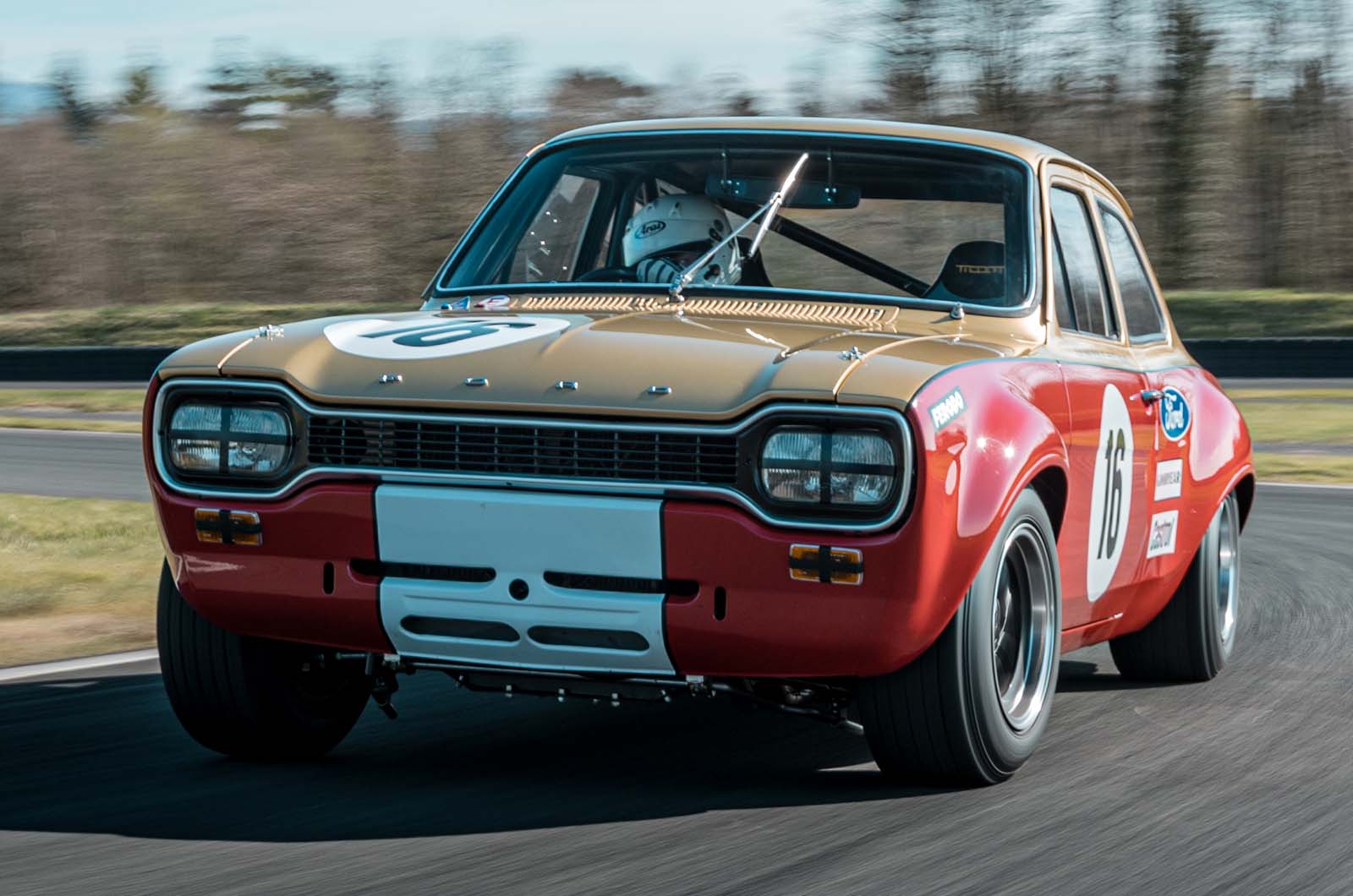
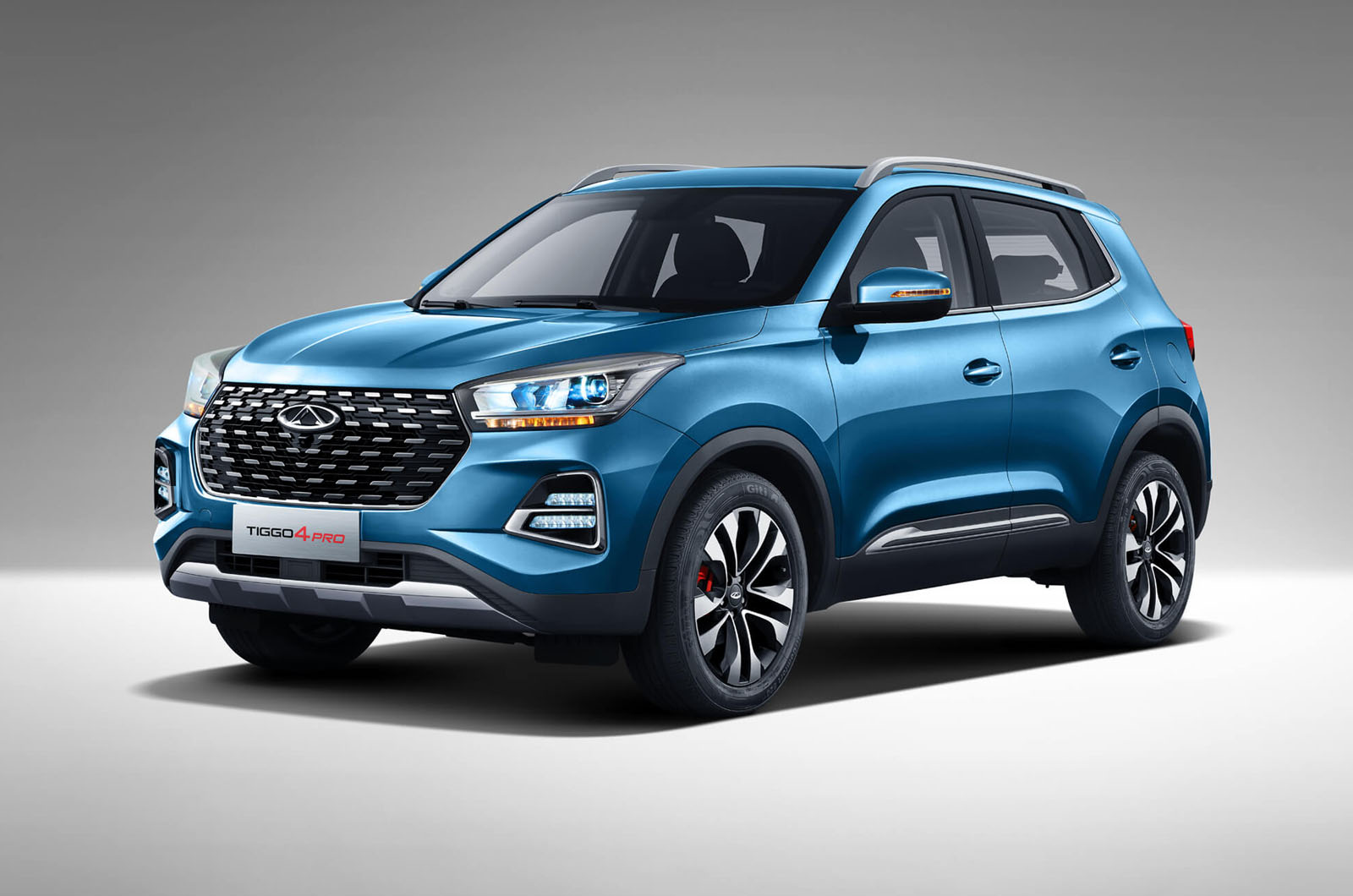







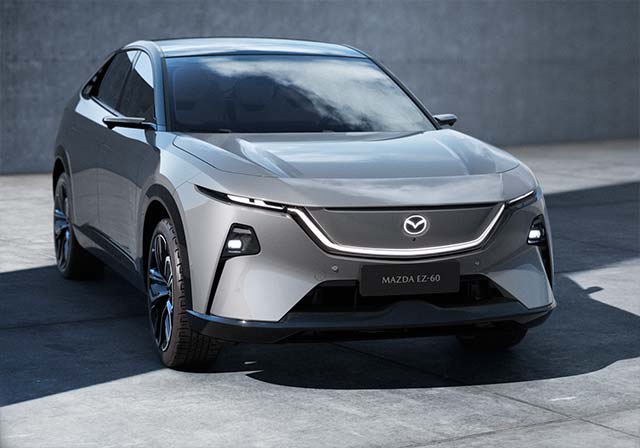




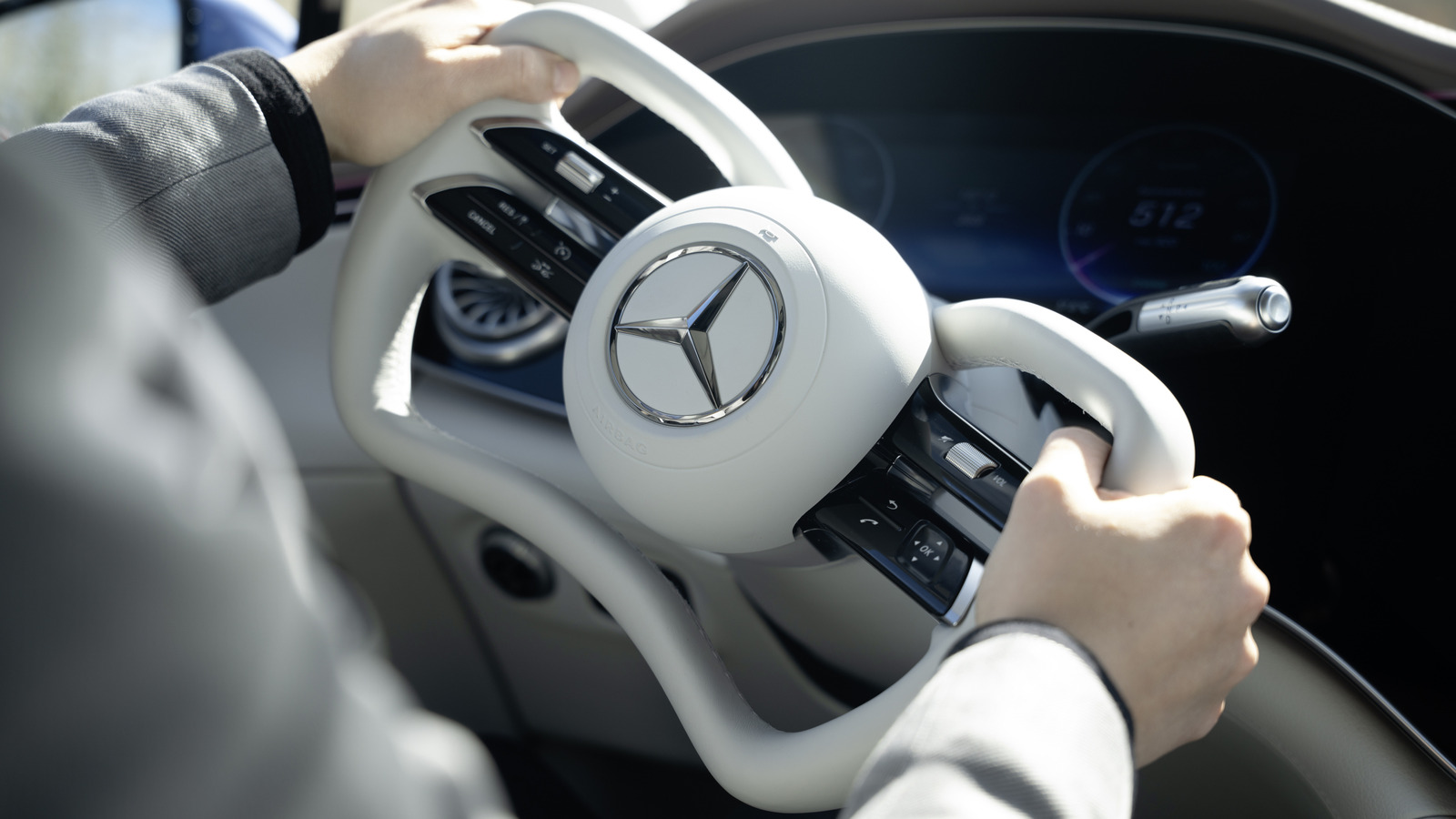



































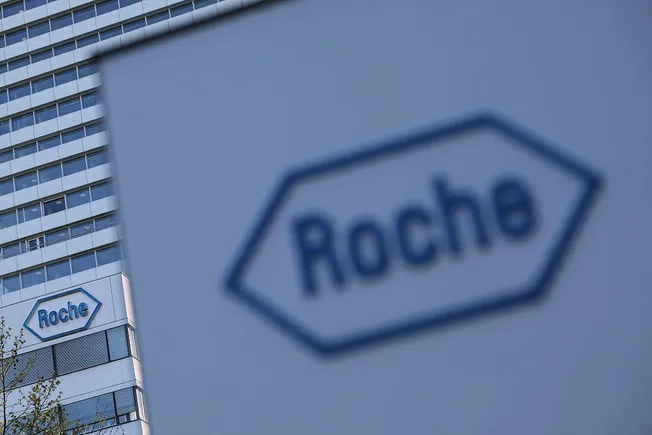
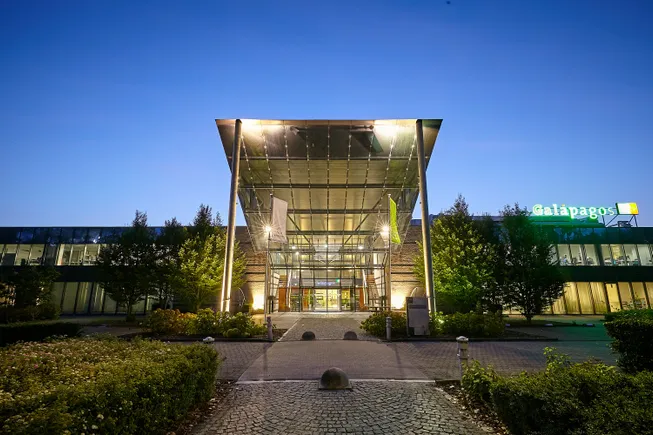





















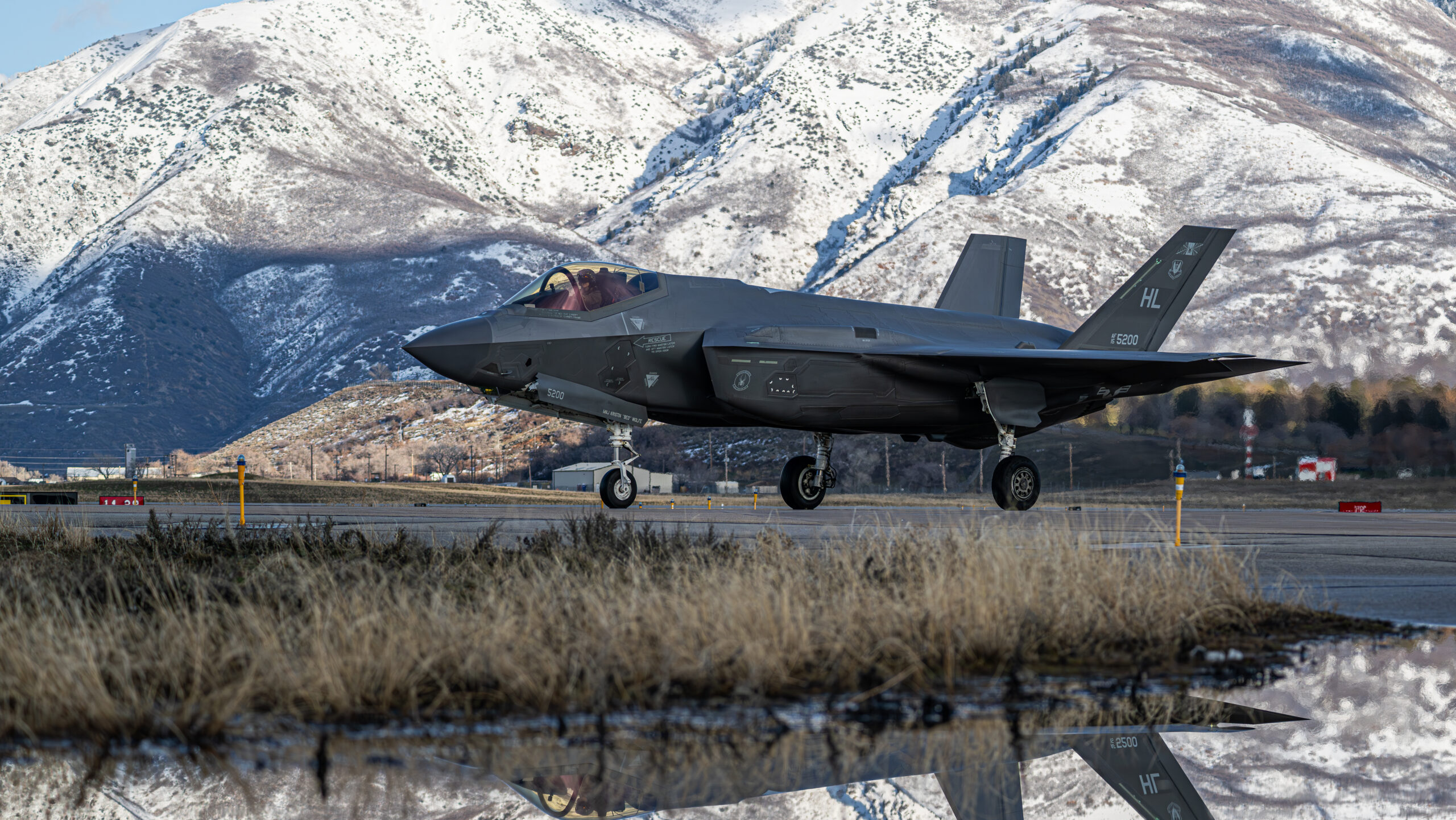





















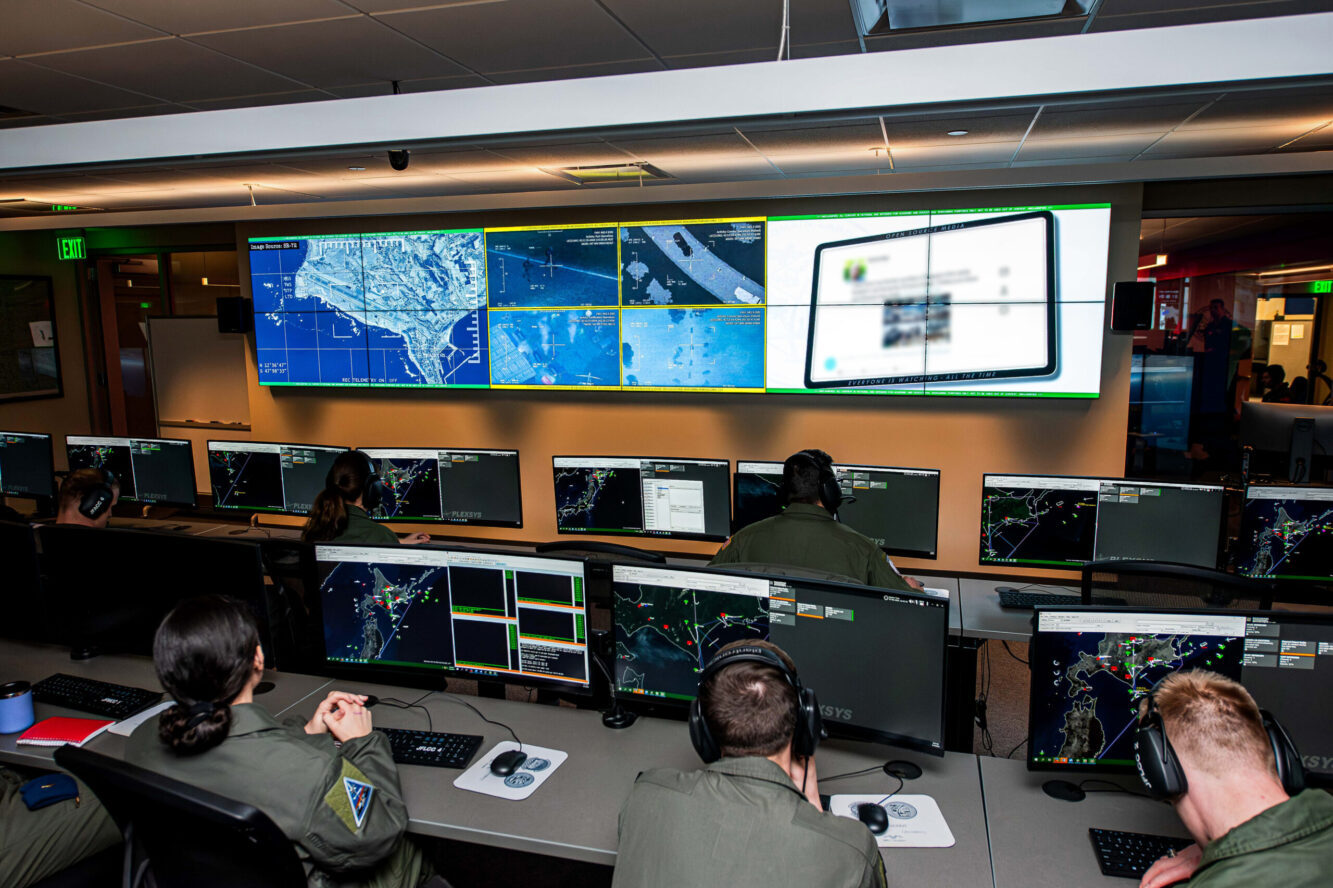
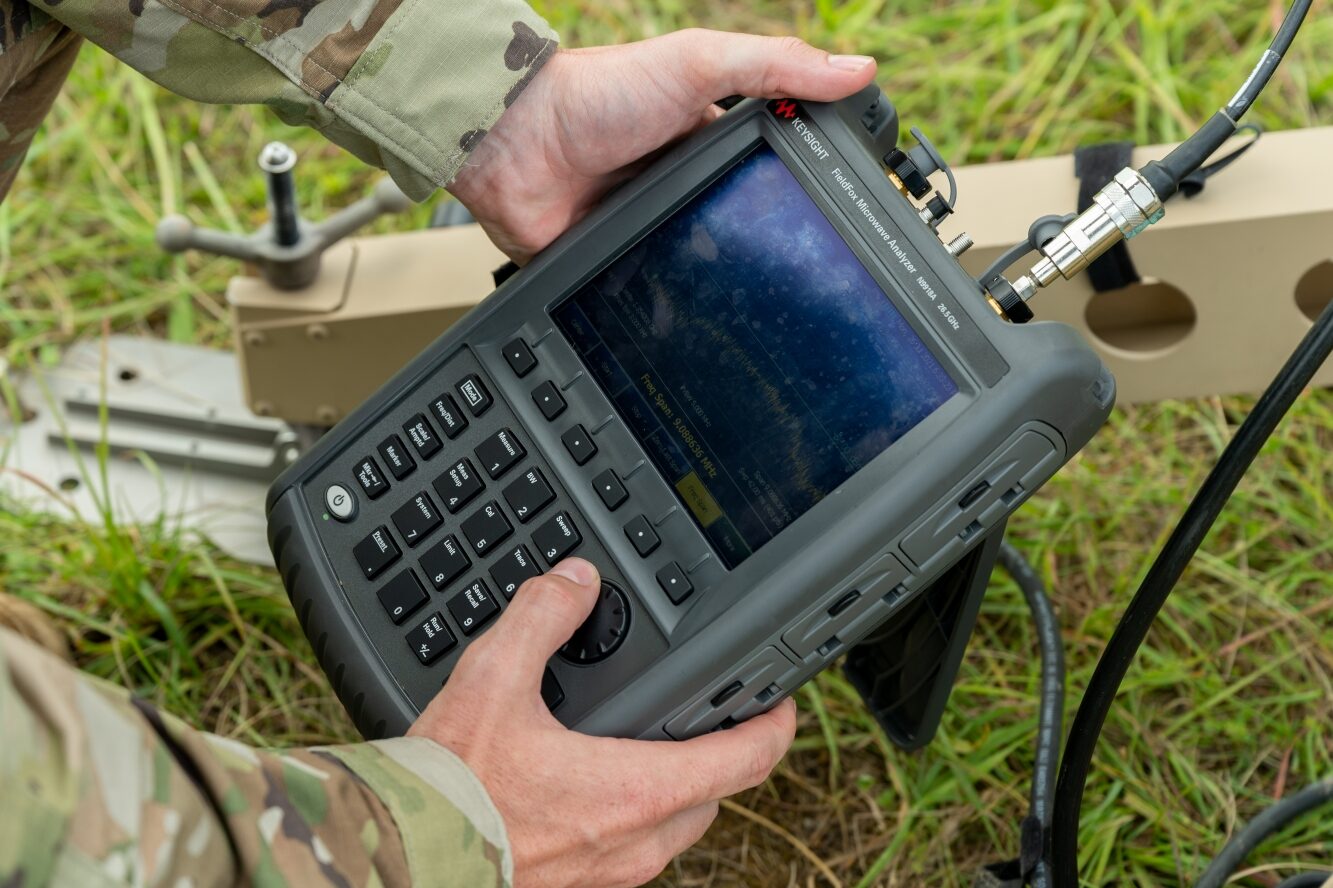
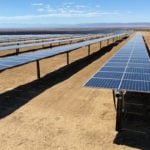

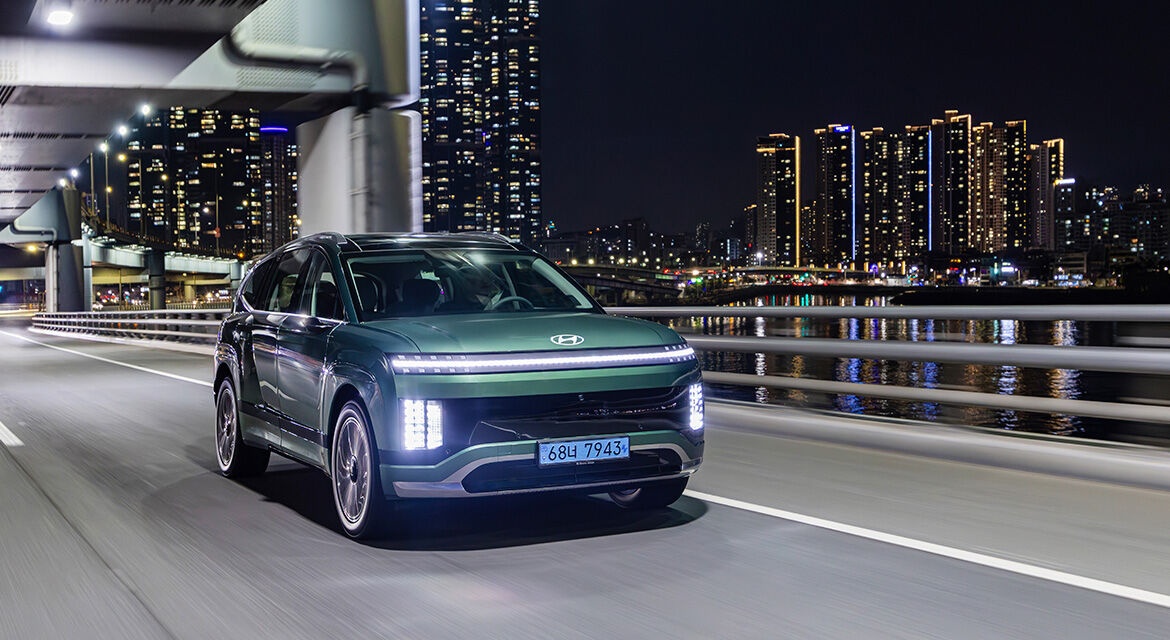
















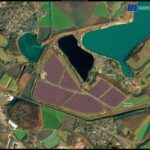




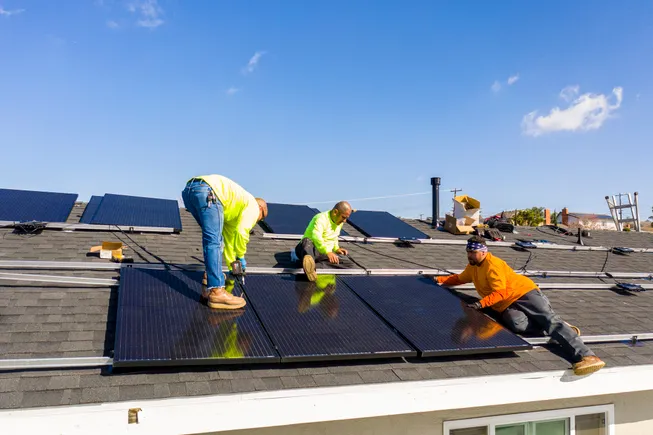

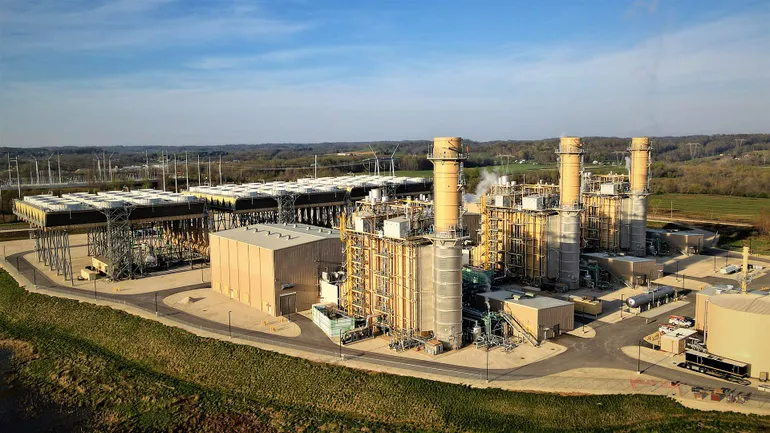


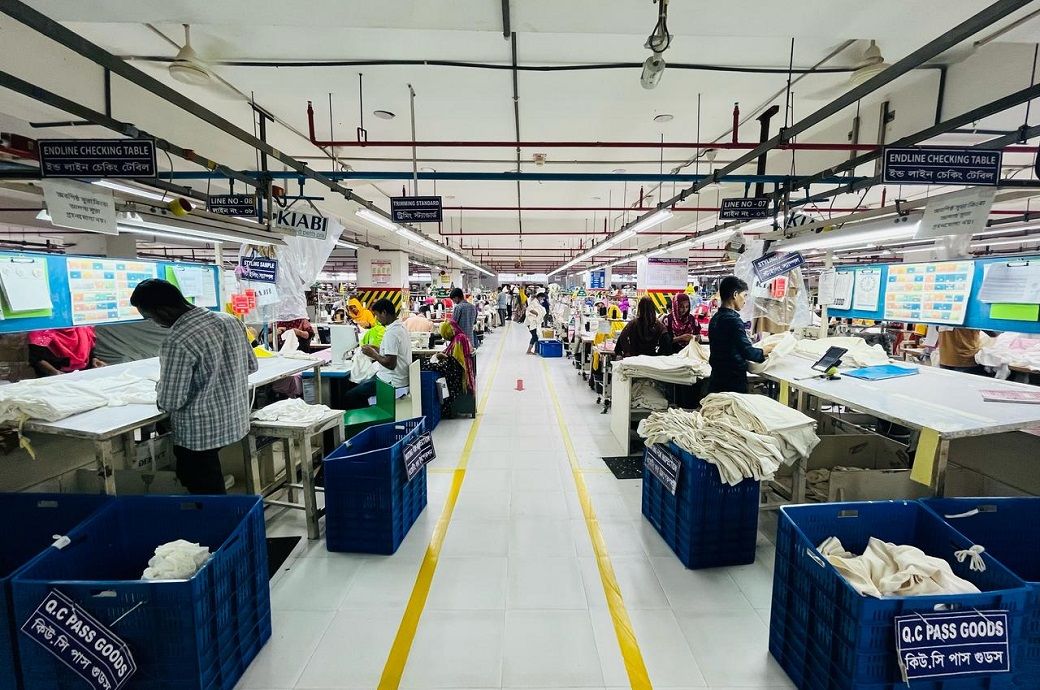


















.jpg)









